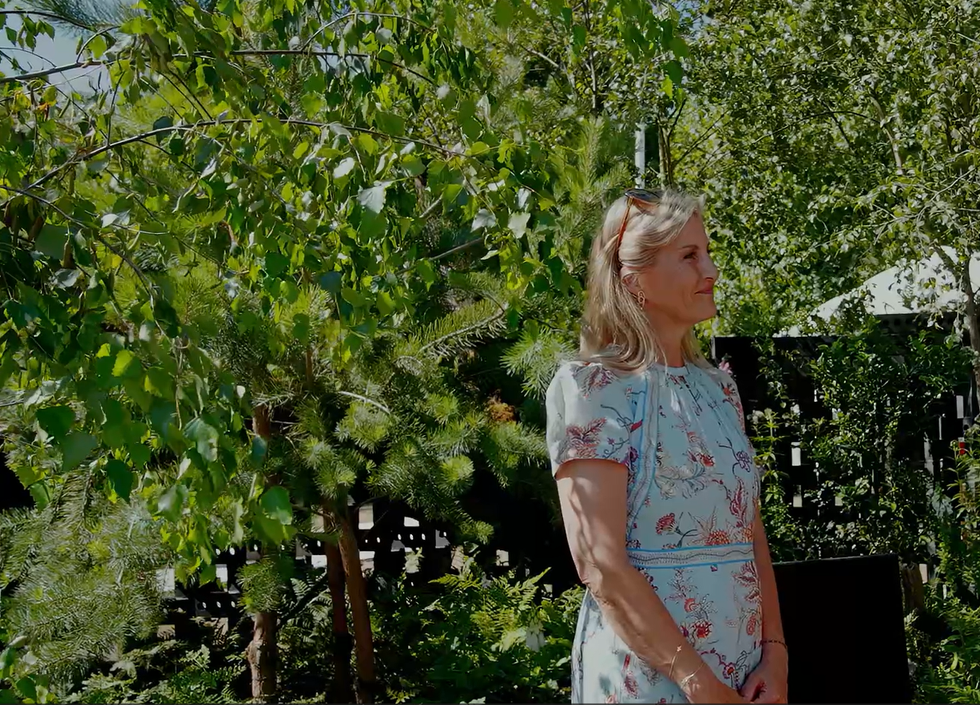INDIAN and several other ethnic groups improved their position relative to white British pupils in England since the pandemic in terms of attainment.
According to the Education Policy Institute’s latest annual report, pupils of Indian ethnicity were 8.8 months ahead of their white British classmates by the end of primary school in 2022, compared to 7.4 months ahead in 2019.
However, the Chinese pupils fared better than the Indian group. They were ahead of their white classmates by 10.7 months last year, compared to 11.8 months in 2019, the attainment gap slightly narrowing between the two groups over the three years.
Significantly, Pakistani pupils whose attainment was 1.2 months behind their white peers in 2019, pulled ahead of them marginally (0.2 months) in 2022. Bangladeshi pupils widened their positive attainment gap with their white British counterparts from 2.6 months to 4.1 months during the period.
Also in the case of pupils aged five, Indian and Chinese groups continued to pull ahead of their white British classmates.
The report said white pupils have fallen behind their classmates since the pandemic.
“Attainment varies significantly between ethnic groups and many ethnic groups improve their position relative to white British pupils - the largest ethnic group- as they progress through schooling,” the report said.
“Between 2019 and 2022, higher-attaining ethnic groups have generally pulled further away from white British pupils across education phases, whilst pupils from lower-attaining ethnic groups have generally narrowed the gap - with the exception of white and black Caribbean pupils.”
It noted that pupils’ attainment outcomes continued to be affected after the pandemic, and disproportionately so for poorer pupils, with wider disadvantage gaps in 2022 than in 2019.
Even before the pandemic struck, the sustained long-term progress in closing gaps for disadvantaged pupils had begun to stall.
The institute warned that it may take at least another decade to return to even 2019 levels without a more concerted policy effort.
Persistently disadvantaged pupils - those eligible for free school meals for at least 80 per cent of their time at school - are at an even higher risk of sustained levels of low attainment, it said.
Emily Hunt, associate director for social mobility and vulnerable learners at the institute, told the Guardian: “Our research reveals a troubling picture of the stark inequalities in the English education system, years after the initial disruption of the pandemic.”
“It is particularly worrying to see these gaps widening even for the youngest children in reception year, highlighting the critical role of out-of-school factors and supporting children during the earliest years of life.”


















 The circular structure inspired by jali screens in India
The circular structure inspired by jali screens in India Jewlsy and Mike
Jewlsy and Mike Jose Mathews Payyanat
Jose Mathews Payyanat Sophie, Duchess of Edinburgh, at the garden
Sophie, Duchess of Edinburgh, at the garden
 The couple display their medals
The couple display their medals
